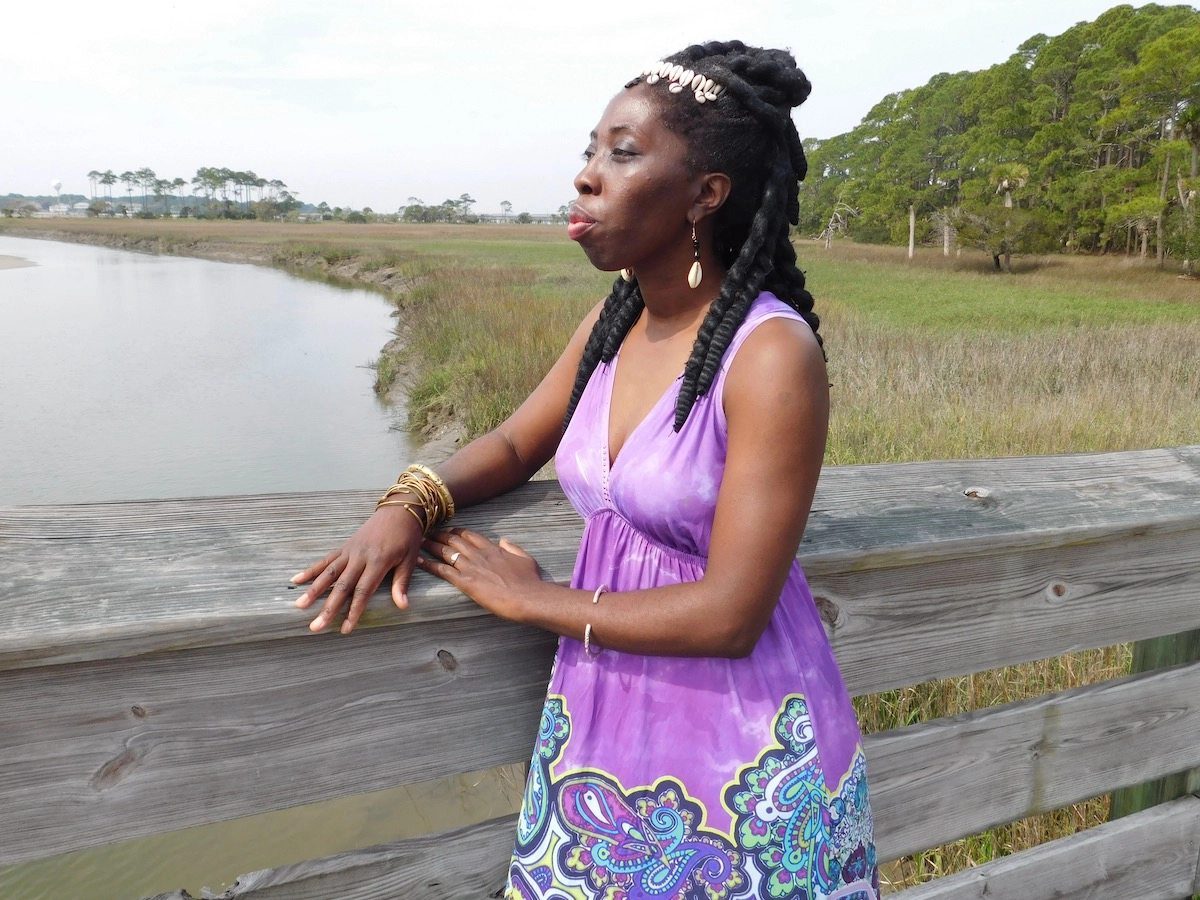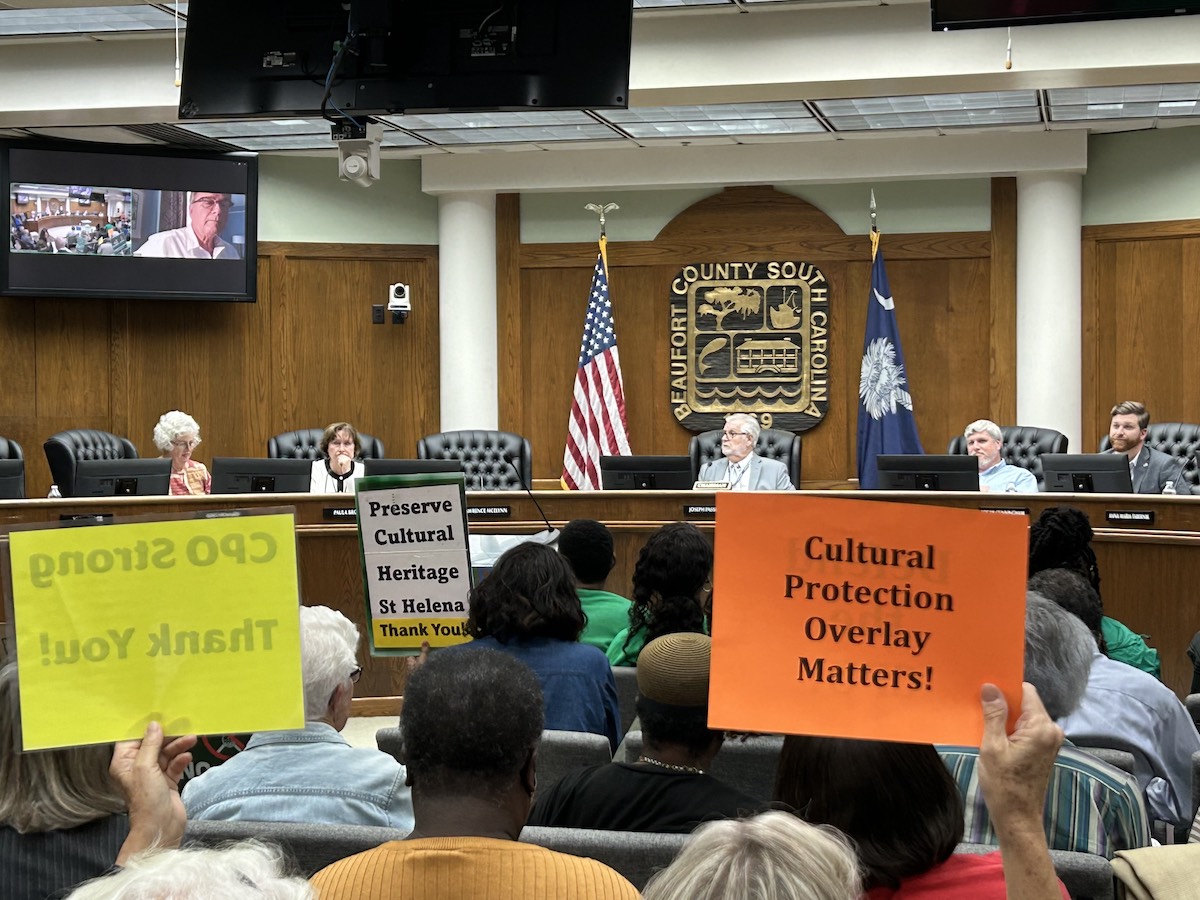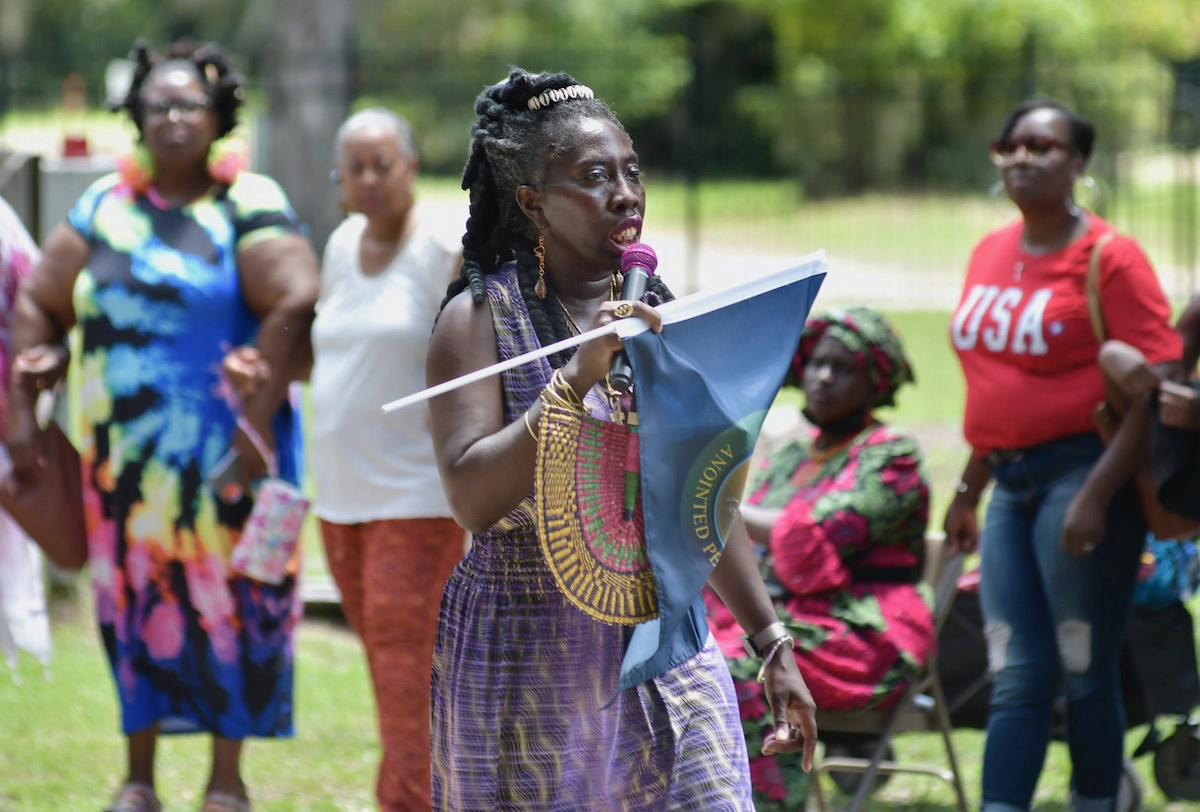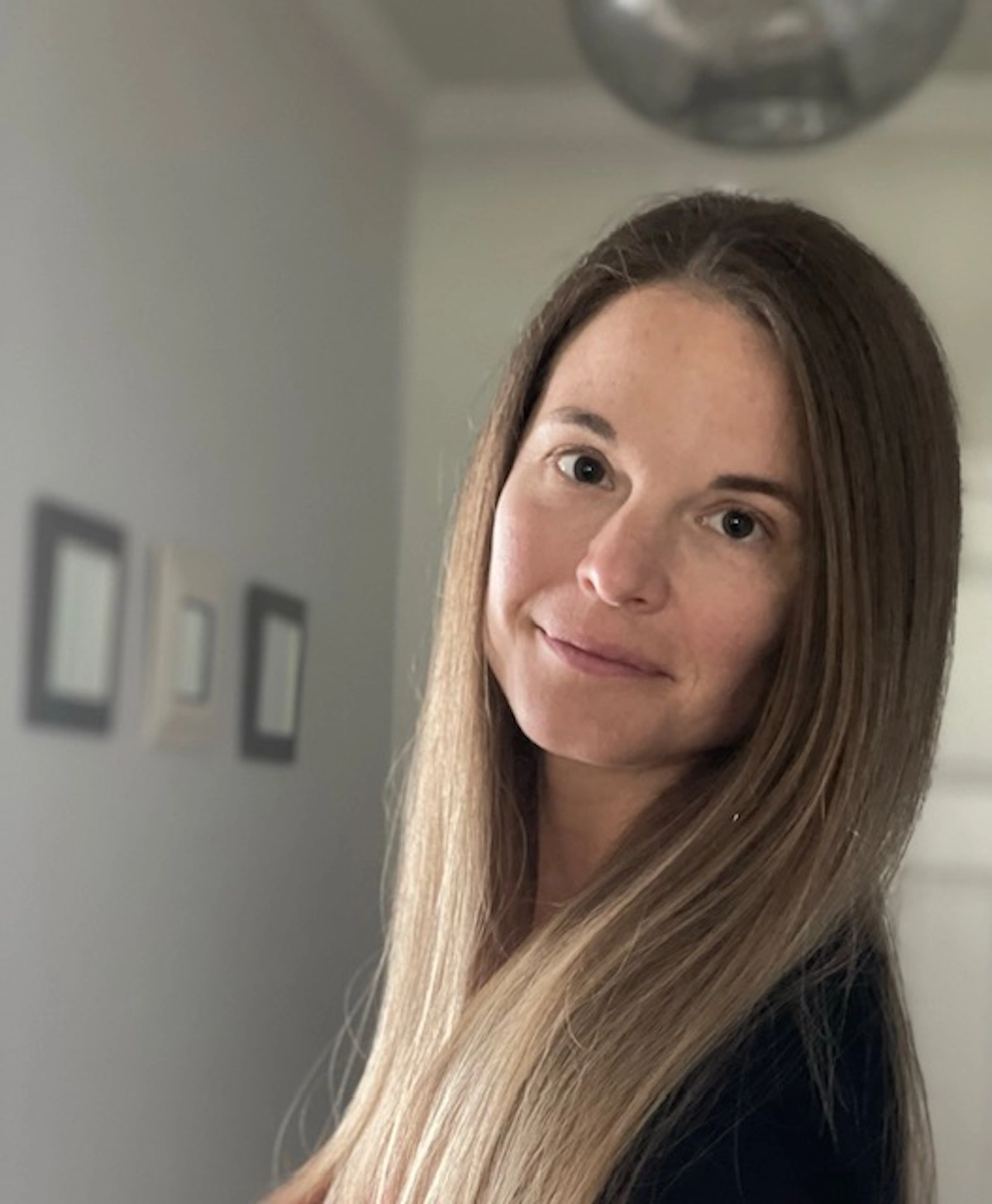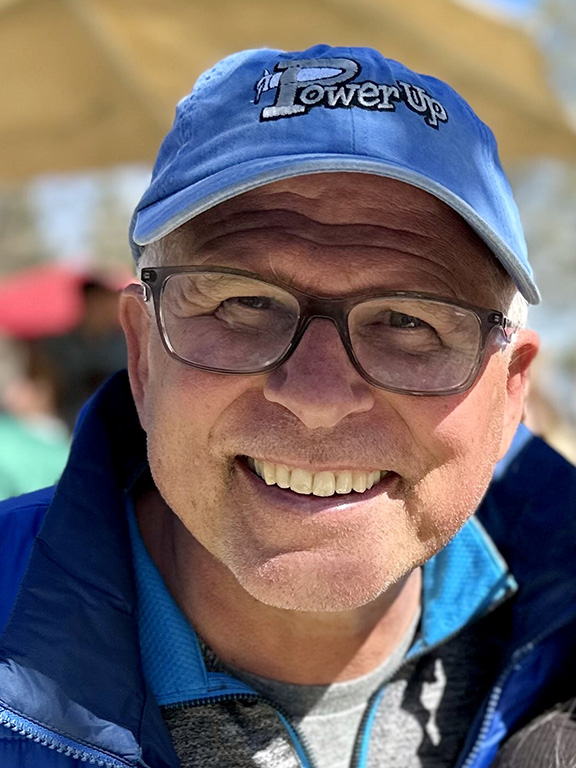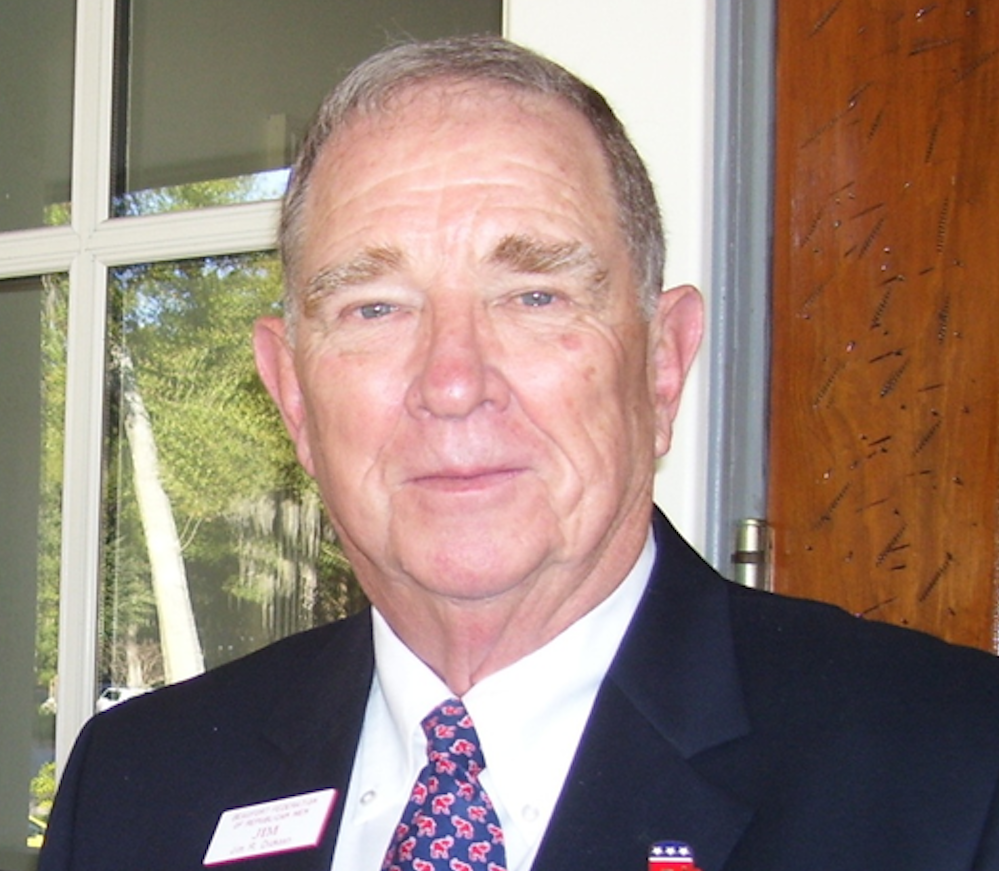By Queen Quet
Driving along the roadways traversing the Gullah/Geechee Nation from Jacksonville, N.C., to Jacksonville, Fla., you can lower the windows and breathe in deeply what truly flavors the Lowcountry – salt.
Salt is in our cuisine, the air we breathe and the lands we cherish. For generations the Gullah/ Geechee – ancestors of formerly enslaved Africans and indigenous Americans – have inhabited the salt marshes that grace our coastlines.
You’ll find us casting nets, going after blue crabs or picking oysters to feed our families while breathing in the very air that feeds our souls. These are our sacred burial grounds, places of baptism and where our ancestors and elders ring shouted in dance and song. The salt marsh served as places of safety and escape from chattel enslavement.
The Gullah/Geechee have held in place a cultural landscape for multiple generations as our roots go deep into the soil, and we stand tall bringing healing to this land.
So when I was asked whether I would be willing to serve on a steering committee of a group working to protect 1 million acres of salt marsh on the Atlantic coast from North Carolina to Florida, I didn’t hesitate to say, “Yes.” I had no idea that by doing so, I would be joining a coalition of more than 300 collaborating partners that included the U.S. Department of Defense, local and state governments, scientists, conservationists and others who wanted to ensure the salt marsh would be conserved and restored so it could continue to protect our coastlines from sea level rise, storms and floods. Working together would mean saving a Lowcountry treasure. Yes, S.A.L.T.!
The South Atlantic Salt Marsh Initiative has allowed the flavor of Gullah/Geechee culture to be stirred in with different perspectives on why the marsh is valuable. And after two years of collaboration, our SASMI plan to protect this habitat for future generations was released. It’s a voluntary blueprint that offers ways to conserve and restore marshes, ranging from elevating roads when necessary to conserving land near marshes so the grasslands can move as seas rise.
The salt marsh plan is one of several recent developments focused on preserving culture and community. Beaufort County recently moved toward strengthening the Cultural Protection Overlay District protecting Gullah/Geechee culture and environment on St. Helena Island, where you can view the salt marsh as you travel Highway 21/Sea Island Parkway Scenic Highway.
Everyone can appreciate the vistas of Beaufort Open Land Trust properties along the way. And we are celebrating the new Lowcountry Sentinel Landscape designation – a program run by a coalition of federal agencies, state and local governments, private landowners and others focused on advancing sustainable land management practices. Our designation includes vital areas of salt marsh.
These designations and initiatives are focused on a word my people know all too well – resilience. Coupling cultural heritage resilience with environmental resilience has been central to my contribution to the South Atlantic Salt Marsh Initiative. It has been wonderful adding some Gullah/Geechee flavor to what this multicultural and multidisciplinary collaborative team has cooked up to serve along the coast.
I’m looking forward to us gathering under the oak trees at the edge of the salt marsh to share this work the same way we get together for some Frogmore Stew after gathering the shrimps and blue crabs from amid the salt marsh and bringing them back to the family compounds to feed everyone for another day. I hope everyone who reads our salt marsh plan will find their souls fed and will join us in this effort to marsh forward together and be a part of saving this Lowcountry treasure.
Queen Quet, Marquetta L. Goodwine, was selected and elected to be the first Queen Mother and official spokesperson for the Gullah/Geechee Nation. She is respectfully referred to as “Queen Quet, Chieftess and Head-of-State for the Gullah/Geechee Nation.”


